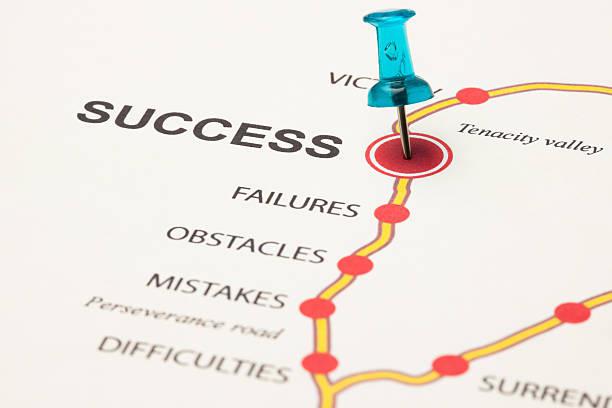
Without the permission to fail, taking strategic and creative risk is an albatross on the neck of the CMO.
The permission to fail is a pre-requisite for taking smart risks
Getty Images/iStockphoto
Let’s talk about failure. More specifically, the permission to fail, which in so many ways is fundamental to the ability to succeed, especially in our complex and ever-changing marketing environment. It’s fundamental to trying and doing differently, to rejecting or looking beyond status-quo thinking and approaches that may no longer be relevant—let alone optimal.
But too few CMOs seem to think or feel that they have this permission.
There’s a difference between being an entrepreneur and being an entrepreneurial CMO and marketer, of course. It’s a Venn diagram but, for the former, embracing the risk of failure is implicit in the job. It’s so ingrained in startup culture that, in February, legendary VC Keith Rabois told the New York Times’ Kara Swisher on her podcast, Sway, “it’s not terrible if I lose money sometimes. In fact, I want to lose money sometimes. It means I’m taking enough risk. If I never lost money, I would clearly not be doing my job. My LPs who give me the money don’t want me to be perfect.”
The permission to take strategic risks, to be imperfect, for work to not work or even fail, is the foundation entrepreneurial CMOs and the brands they lead need to thrive. And while it must be given functionally—typically by the CEO, CFO and/or board–it has to be felt and believed emotionally by the CMO, activating as it does in the working relationship between them and those surrounding her marketing internally and externally.
At a time when CMO tenure is just an average 25 months, its lowest level since 2009, it seems reasonable to posit that many CMOs neither have nor feel this permission. While not a ubiquitous state, as the honorees (and nominees) for this year’s Forbes Entrepreneurial CMO list make clear, risk, the fear of losing authority, credibility or ultimately being fired because an idea, campaign, program, investment, strategy failed or didn’t work optimally is a chronic condition. And it can affect everything from the mental health of the CMO to the health of the brand and business she stewards to marketing categorically.
If more CEOs, CFOs and boards gave their chief marketers the permission to take strategic and creative risks, understanding that things some times not working is always going to be the case, would more brands have great marketing? Would fewer be in crisis? Would it no longer be that 75% could disappear without anyone noticing? If they better understood that, even under the best circumstances, marketing is hard and great marketing is harder still, and provided more permission and patience for ideas to work over time, what would happen?
Since the 1970s, there’s been a well-worn marketing mantra that “nobody ever got fired for buying IBM.” At that time—one that felt like a period of rapid change, but by today’s measures was glacially and quaintly slow—buying IBM was the safe choice and thus, de facto, the right one.
Safe equaled smart. But does it today? In today’s marketing, media and consumer landscapes—are safe choices really safe? Will safe drive growth—marketing’s fundamental task—or just preserve the current state for a moment longer? Isn’t some measure of risk a prerequisite for innovation, differentiation and distinction? (Spoiler alert: it is.)
Failure is of course relative and both defined by and accountable to expectations—KPI by another name. As the truism goes, failing 70% of the time as a baseball hitter makes you an all-star. Failing as an entrepreneur makes you seasoned and is, as Rabois said, an indication that you took a risk and didn’t play it safe.
It’s a badge of effort, if not entirely of honor, but certainly not a scarlet letter that it can be for a marketer who took smart risks that didn’t work out wears on their CV, and despite this being an almost wholly unpredictable marketing landscape. We want to help change that.
So, as we recognize the work, impact and contributions of these 50 Entrepreneurial CMOs, let’s also take a moment to recognize everyone in our marketing community who took smart swings and risks that didn’t work out quite as well. Because for marketing and marketers to succeed more, the permission to fail more needs to become more common.